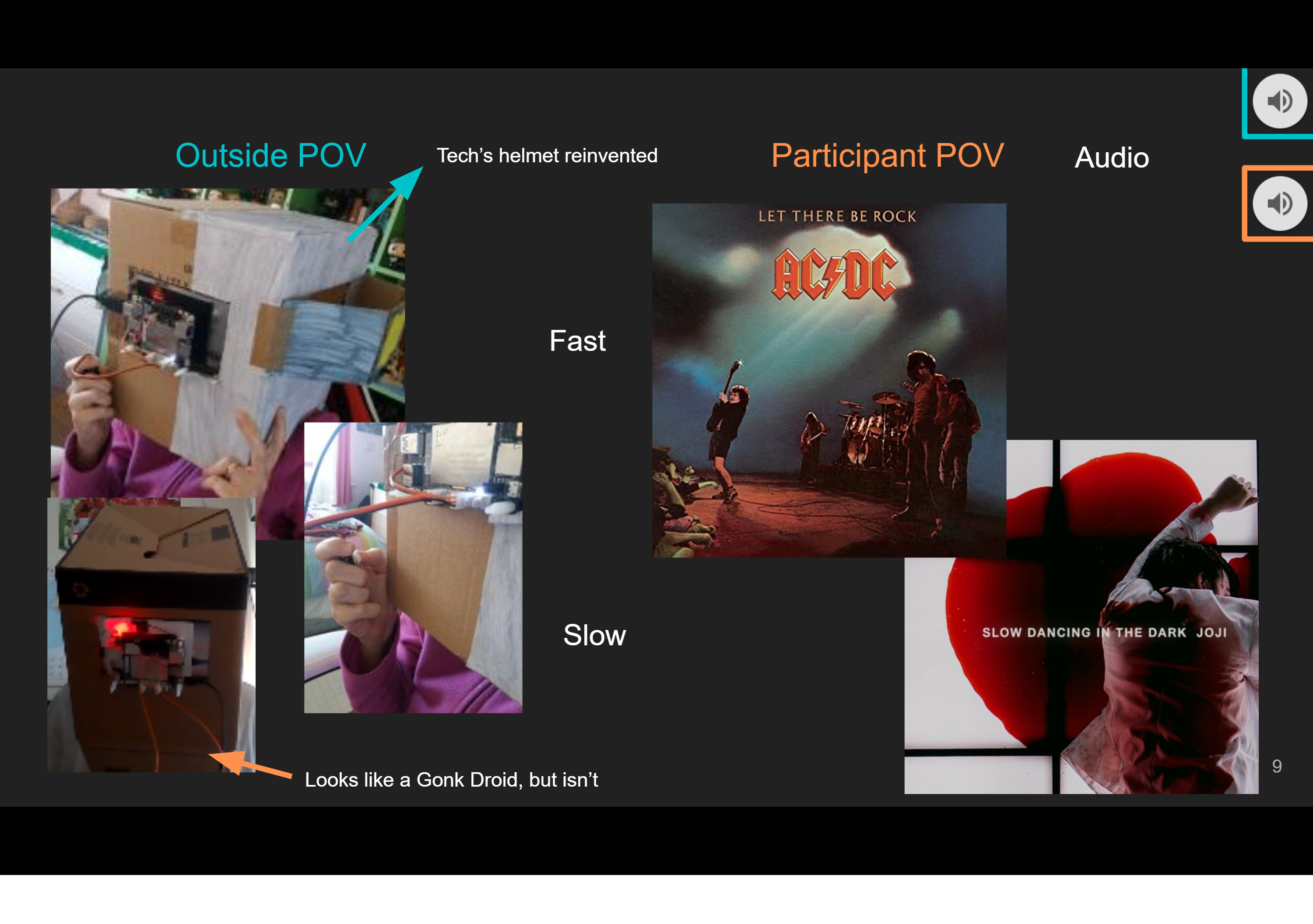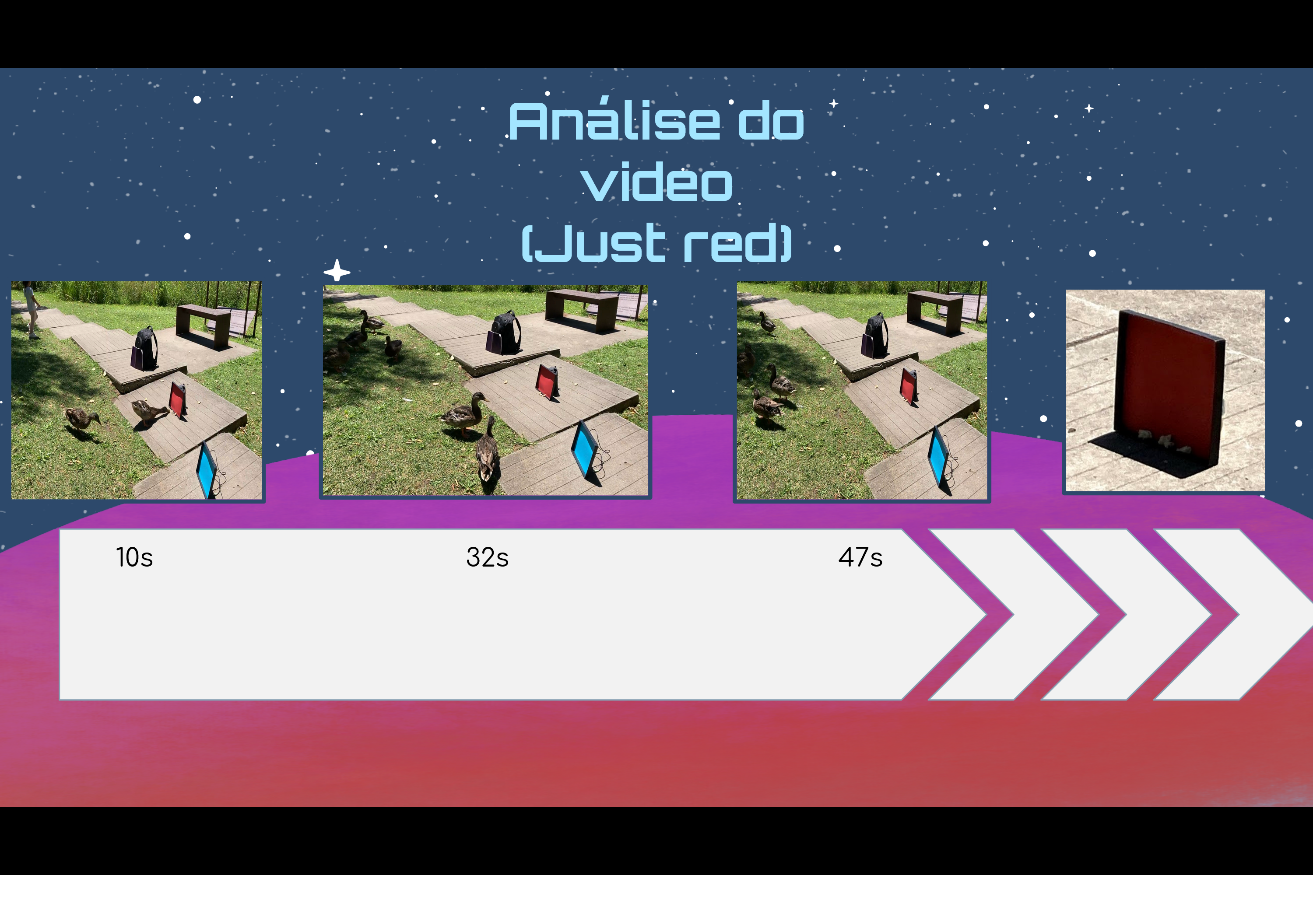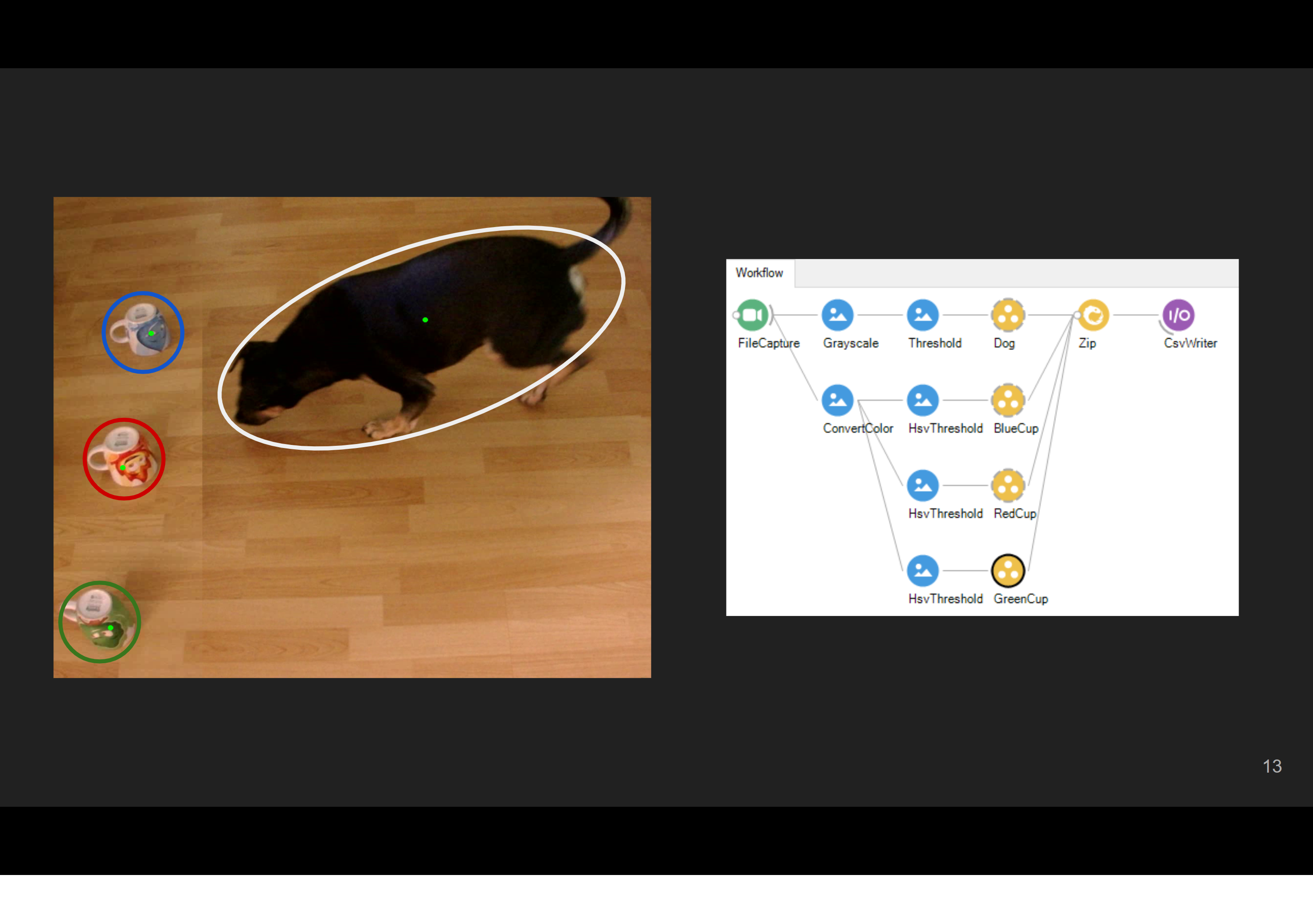Neuronautas 2021
The 2021 edition of Neuronautas consisted of two groups of students: the Neurocadetes and the Chimeras. Check out the showcase of their final projects below!
Neurocadetes
The Neurocadetes adventure lasted 4 weeks and combined neuroscience theory with electronics, robotics, and neuroscience experimental design. Students worked on mini-projects for the first 3 weeks, then spent the last week designing, running, and analysing a final project of their choice.
Dog, Cats, & Robots

The Dog, Cats & Robots group explored how these animals interact with robots. This video, showing one of the cat subjects interacting with a robot, was acquired using the Neuronautas Experimental Kit during one of the experiments. To learn more, check out the Dog, Cats & Robots group’s final presentation.
Students: Inês Beleza Costa, Maria Teresa Leitão, Sofia Manteigas & Miguel Januário.
TAs: João Frazão & André Almeida
Vulcano Blues

The Vulcano Blues group developed a sophisticated experimental set-up to investigate how different audio & visual contexts influence the reaction time of people engaged in a detection task. To learn more, check out the Vulcano Blues group’s final presentation.
Students: Beatriz Robalo & João Lopes.
TAs: João Frazão, Matheus Farias, Danbee Kim & Bruno Cruz.
Quack Experiment Group

The Quack Experiment ventured into the wild of the Gulbenkian Garden in Lisbon to perform three different experiments on ducks. The image above presents a few snapshots from their colour experiment. To learn more, check out the Quack Experiment’s final presentation.
Students: Beatriz Quintas, Maria Grilo & Teresa Coimbras.
TAs: Andre Marques & Danbee Kim
Magic With Dogs

The Magic With Dogs group challenged dogs’ ability to tell when they’re being fooled. This image shows how the students applied the programming tool Bonsai to extract key variables from the experimental video. To learn more, check out the Magic With Dogs group’s final presentation.
Students: Rodrigo Sá & Gonçalo Magalhães.
TA: Matheus Farias
Project 008

Project 008 dove into the mysteries of how a young octopus at the Vasco de Gama aquarium in Algés learns. Using food in a jar as a motivator, these students stuied whether octopus can differentiate colors. Click here to watch a video of their pilot test at the Vasco de Gama aquarium. To learn more, check out the Project 008 final presentation.
Students: Margarida Oliveira, Francisca Gonçalves & Maria Pinheiro.
TA: Danbee Kim.
Graduation Ceremony Slideshow
Click here to view more images and videos from the Neurocadetes course.

Chimeras
The Chimeras adventure lasted 2 weeks and combined neuroscience theory with speculative fiction and collective improvisational storytelling. Students spent the first week creating an alien civilization, then spent the second week role-playing as members of this alien civilization.
World-building
The students were given three starting points from which to build their science fiction alien civilization:
- Chimerans are a shape-shifting species who live and travel in “bubble ships”.
- Legends say that long long ago, the Chimerans once had a home planet, but it was destroyed by the ruthless greed of Humans.
- Some legends also claim that Chimerans and Humans were once one species, but this is a point of great contention amongst modern Chimerans.
Based on these three assumptions, the students collectively built the following creation story and history for the Chimeran species:
Once upon a time, Human scientists discovered a new and beautiful planet, covered mostly in oceans full of many incredible animals and plants. The scientists brought some of the animals and plants back to Earth to study them. They placed the animals in a secure room to analyze them, but the next day when the scientists returned to the secure room, they noticed that the animals looked very different. The scientists ran many tests and recorded the secure room to make sure that the animals were the same individuals, and that they weren’t somehow escaping. In this way, the Humans discovered that the creatures from this planet can shapeshift.
The scientists were curious to know whether the alien creatures’ genetic structures were compatible with humans. They ran many studies that resulted in a creature that was a mixture of Human and alien DNA, and retained the ability to shapeshift. The scientists called this new, combined species Chimera. The Chimera raised many ethical questions on Earth, so some of the scientists decided to take all of the Chimera back to the original alien planet and hide them there. The scientists wiped all records of the alien planet, hoping that their creation could live in peace, far away from Humans.
Many years later, Humans rediscovered this same planet and found that the Chimerans had evolved and developed a society. The Chimerans called their planet Zo-olos, and they used a currency made from a very rare mineral found deep in the planet, called Adonis.
Adonis was unlike any other mineral that Humans had ever seen, and the Humans had never come across the Adonis mineral on any other planet. The Humans decided that they wanted Adonis for themselves. They used violent force to exert their will on the Chimeran society, and started to mine Zo-olos very aggressively.
Unfortunately, the work of extracting the ore was very dangerous, so the Humans enslaved the Chimera and forced the Chimera to mine Adonis under terrible conditions. Many incredible technological advances were made during this time, including the invention of the “bubble ships”. However, Chimerans also died during this time.
The uncontrolled extraction of Adonis began to cause major geological shifts in the planet, and Zo-olos began to collapse in on itself. The Chimerans began to rebel openly and more violently against their enslavement, trying to regain control of their planet. A young Chimeran tried to use genetic engineering to upgrade the Chimeran bubble ships to have tougher shielding and better weapons, but there was an unexpected problem with the upgrade that instead destroyed most of the Chimeran bubble ships.
The Chimerans’ rebellion failed just as the planet began to completely implode. The Humans decide to leave, taking only a few Chimera with them, still as slaves. The rest of the Chimerans are left to die on the collapsing Zo-olos.
Luckily, not all of the Chimeran bubble ships were destroyed. A very small percentage of the abandoned Chimerans managed to escape, and these are the Chimerans who became the nomadic space-farers of today. They wander the universe in the Home Caravan, searching for a new home, a new Zo-olos.
To learn more about the Chimerans and their society, check out the Chimeras Final Showcase.
Role-playing
It is the year 342 After the Fall (AF). The Chimeran Home Caravan is currently about 14.1 lightyears away from Sol, the solar system that lies at the center of the Human Empire.
The military & exploration faction has recently discovered a planet orbiting a red dwarf star that looks like a very promising candidate for a new Zo-olos. The Council of Elders have reviewed the information from the initial scouting mission, and they agree that this planet is worth exploring further. The Council of Elders wishes to involve all of the factions in this exploration mission, so they made an invitation to all adult Chimeras in every faction to apply to join this exploration mission.
Most Chimerans are very excited and hopeful that this planet could provide a new home for the Chimerans. A small faction of ‘loyalists’ have been protesting, however, that this new planet does not provide enough ocean to be a true new Zo-olos, and they have been getting increasingly violent. There are concerns that they may sabotage the exploration mission.
To learn more about the collaboratively written RPG story created by the Chimera students during week 2, check out the Chimera Final Showcase.
Credits
TEACHERS: Danbee Kim, João Frazão, André Almeida, and Gonçalo Lopes
TEACHING ASSISTANTS: Nuno Loureiro, Matheus Farias, Tiago Quendera, Bruno Cruz, Hugo Marques, and André Marques
MONITORS: Catarina Ramos, Liad Hollender, and Clara Ferreira
DESIGN: Gil Costa
NEURONAUTAS WEBSITE: João Frazão, André Almeida, and Danbee Kim
NEURONAUTAS GATHER.TOWN MAP: Nuno Loureiro
NEURONAUTAS DISCORD SERVER: Danbee Kim